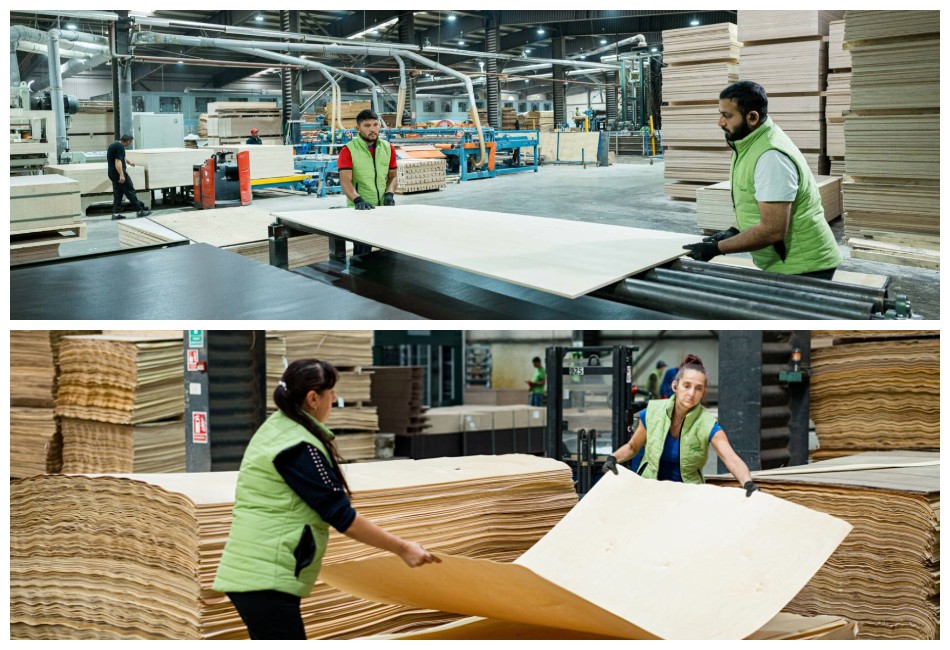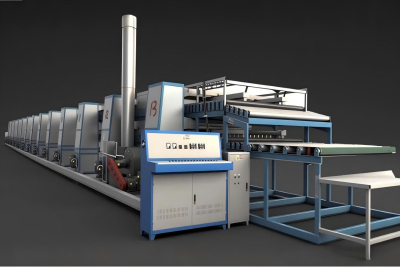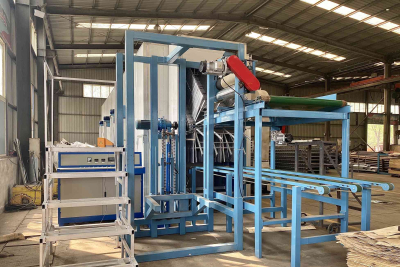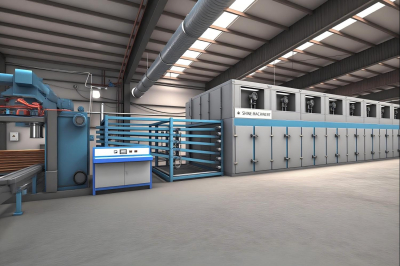How to dry plywood fast?
Drying plywood can feel like waiting for water to boil. Slow, frustrating, and costly. We know because we live in this world every day.
At Shine Machinery, we build Veneer Dryer Machines and obsess over how to dry plywood fast without hurting quality. In this guide, we’ll share what we’ve learned. Expect practical steps, a dash of humor, and some hard-earned lessons.
Why Speed Matters in Plywood Drying
The truth is simple: time equals money. Every extra hour of drying adds cost. Worse, uneven drying can ruin sheets and throw off production. The right approach cuts drying time while protecting the wood’s strength.
When we first started in this field, we dried plywood like making soup—slow and steady. But customers needed speed. That’s when we began testing airflow, temperature, and tools like the moisture meter. Now, drying plywood feels less like guesswork and more like science.
Step One: Measure Moisture First
You can’t fix what you don’t measure. That’s why the moisture meter is your best friend. Every plywood sheet starts with a certain moisture content, often 30% or higher. If you don’t know that number, you’re flying blind.
· Use a digital moisture meter before drying
· Test several sheets in a batch, not just one
· Record the numbers so you can compare results later
This simple step saves hours. Imagine baking cookies without checking the oven temp. You’d end up with charcoal. Same idea here.
Step Two: Use the Power of Dry Air
Here’s a secret nobody tells you: dry air moves faster than humid air. That means it pulls water out of plywood more efficiently. If your workshop feels like a sauna, drying will drag forever.
Tips to harness dry air:
· Ventilate your space with fans
· Use dehumidifiers in closed rooms
· Keep airflow consistent across the stack
Think of it like drying laundry. Clothes flap and dry faster outside in crisp air. Plywood works the same way.
Step Three: Control Heat with Care
More heat doesn’t always mean faster drying. Too much, and the surface seals before the core dries. That traps water inside like a soggy sandwich.
Smart heating rules we follow:
· Keep temperatures steady between 140–180°F (60–82°C)
· Avoid blasting heat at the start
· Combine heat with airflow for best results
The trick is balance. Gentle at first, stronger later. Like coaching kids—you can’t push too hard at the start, or everything breaks down.
Step Four: Consider a Veneer Dryer Machine
We build these machines for a reason. They do what fans and heaters can’t: create uniform, repeatable drying conditions. A Veneer Dryer Machine moves sheets through zones with controlled air, heat, and speed.
Benefits we’ve seen:
· Cuts drying time by up to 50%
· Delivers even moisture content across sheets
· Reduces warping and surface cracks
Do you need a dryer machine? Not always. Small shops can manage with airflow and heaters.
But if you’re running large batches, it’s like comparing a bicycle to a sports car. Both get you there, one just much faster.
Step Five: Stack Smart
How you stack plywood changes everything. Poor stacking blocks airflow. Good stacking makes drying smooth and even.
Stacking checklist:
· Leave small gaps between sheets
· Use stickers (thin wooden strips) for airflow
· Keep stacks off the floor to prevent trapped humidity
This one step costs nothing yet saves time. We once stacked wrong and lost a week’s production. Lesson burned into memory.
Test Moisture Content Again
Once drying ends, grab the moisture meter. The target range is usually 8–12%. Higher than that and gluing will fail. Lower than that and sheets become brittle.
Rotate Batches for Evenness
Rotate sheets during drying if you’re not using a dryer machine. The outer layers dry faster. Swapping positions avoids uneven results.
Beware of Quick Fix Myths
People ask us: “Can I just leave plywood in the sun?” Sure, if you want cracks. Fast drying doesn’t mean careless drying. Controlled speed is the goal.
Maintenance Makes Machines Faster
If you use a dryer machine, clean it often. Dust, resin, and broken seals slow everything. Maintenance adds hours of free speed.
Trust but Verify
Never trust your gut alone. Use instruments. The moisture meter doesn’t lie, and it saves embarrassing mistakes.
Common Mistakes to Avoid
We’ve made them all so you don’t have to:
1. Overheating the wood—causes case hardening
2. Ignoring airflow—leads to damp spots
3. Skipping moisture checks—creates surprises later
4. Stacking too tight—traps wet pockets
5. Rushing without a plan—always ends messy
Drying plywood fast isn’t just about speed. It’s about consistency.
Our Honest Take
We love efficiency, but we love good plywood more. Drying too fast without control ruins both time and money. When we use our Veneer Dryer Machine, we still rely on the same basics: moisture checks, dry air, and proper stacking. Machines help, but fundamentals win.






